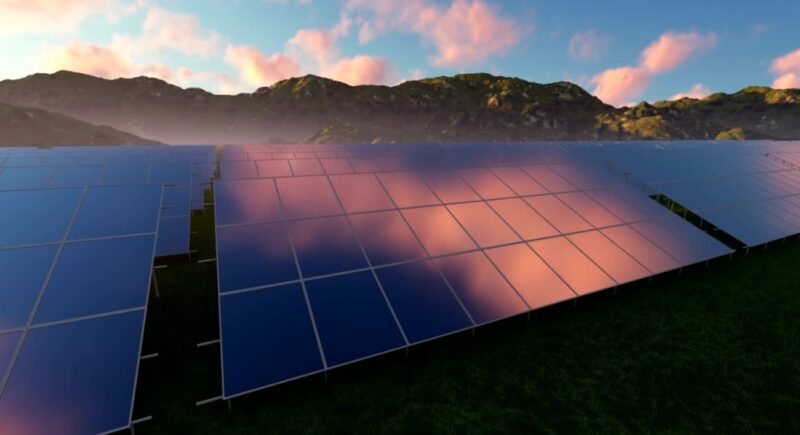Many people are choosing solar panels to power their homes with clean energy from the sun.
But some wonder if solar panels are safe and eco-friendly.
Do they emit radiation that can harm us or the planet?
You will find out in the following sections.
So, Are Solar Panels Safe?
Concerns about radiation from solar panels often surface with their growing use in generating electricity.
Radiation Types
Solar panels convert sunlight into electricity, a process that primarily involves the generation of electromagnetic fields (EMFs). It’s crucial to distinguish between ionizing and non-ionizing radiation. The latter, emitted by solar panels, does not have enough energy to alter DNA or cause cellular damage, contrasting with the more harmful ionizing radiation.
EMFs and Solar Panel Technology
Electrical devices, including solar panels and their inverters, emit EMFs, a form of non-ionizing radiation. Studies suggest that the EMF levels from solar panels are comparable to those emitted by everyday household appliances, which regulatory bodies like the World Health Organization consider safe.
Exposure Comparison with Common Devices
Placing solar panel radiation in context involves comparing it to EMF sources encountered daily, such as smartphones, microwave ovens, and Wi-Fi routers. The consensus from health and safety organizations is that solar panels emit significantly lower EMF levels than these common devices.
Regulatory Standards for Safety
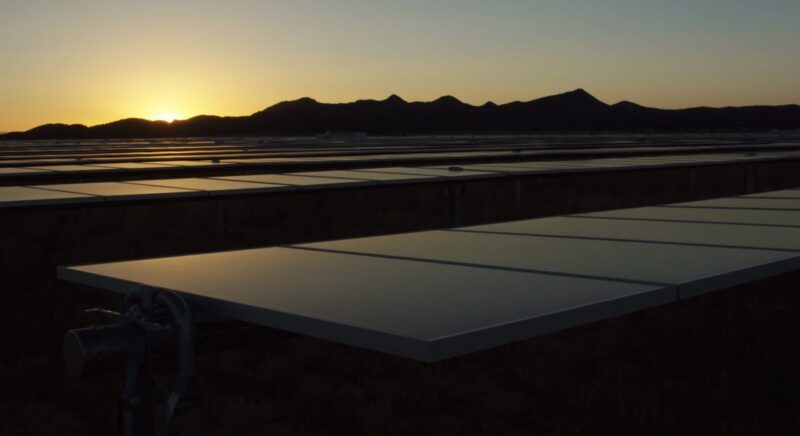
To ensure public safety, panels must comply with international regulatory standards that specify limits for EMF emissions. These regulations mandate rigorous testing and certification to confirm that solar panels meet these safety criteria.
Reducing Exposure and Enhancing Safety
For individuals with concerns about EMF exposure, several strategies can minimize risk:
- Proper Installation: Correct installation and placement of solar panels and inverters can reduce EMF exposure.
- Distance Maintenance: Keeping a safe distance from inverters, where EMF levels can be higher, minimizes exposure risks.
- Consultation with Experts: Engaging professionals to assess EMF levels can offer reassurance and guidance on safe solar panel use.
Key Detail: The type of radiation from solar panels is non-ionizing, which does not have enough energy to break chemical bonds or cause ionization in the human body. Studies and standards set by health organizations indicate that the exposure level to EMFs from solar panels is well below the threshold that could pose a health risk.
Are There Other Dangers?
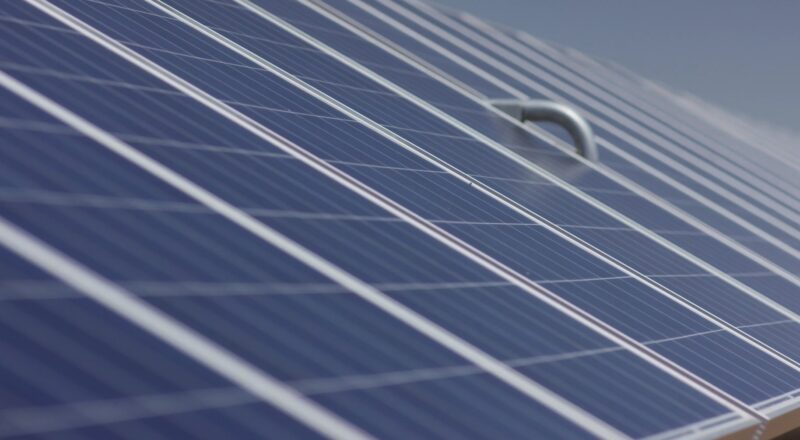
Solar panels are widely recognized for their environmental benefits, offering a renewable source of energy that reduces reliance on fossil fuels. However, like any technology, they come with considerations regarding safety and environmental impact. While radiation concerns are minimal, other potential dangers associated with solar panels merit attention.
Recycling and Waste Management
As solar panels reach the end of their approximately 25-30 year lifespan, disposal becomes a concern. The recycling infrastructure for solar panels is still developing. Proper recycling is essential to recover valuable materials and prevent hazardous waste from entering landfills. Efforts are underway to improve recycling processes and reduce waste, but it remains a significant challenge for the industry.
Energy Payback Time
The energy payback time (EPT) of solar panels is a critical factor in assessing their environmental impact. EPT refers to the time it takes for a solar panel to generate the amount of energy used in its production. Modern solar panels have an EPT of 1 to 4 years, depending on the technology and location. After surpassing the EPT, panels contribute to a net positive energy output, underscoring their long-term environmental benefits.
Land Use and Habitat Disruption
Large-scale solar farms require significant land, which can lead to habitat disruption and land use conflicts. The placement of solar installations must consider ecological sensitivity, agricultural needs, and community impact. Innovative solutions, such as agrivoltaics—combining solar energy production with agriculture—aim to mitigate these concerns by enabling dual land use.
Potential for Chemical Leaks
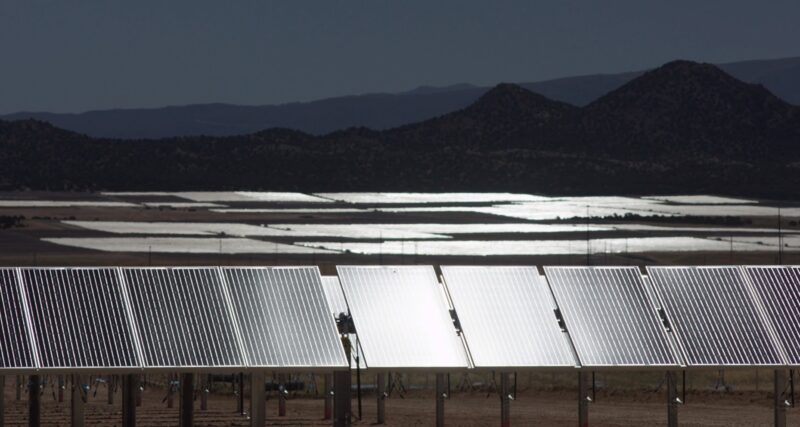
Solar panels contain chemicals and materials that, if not properly managed, could leak into the environment. This risk is particularly relevant in the event of damage or improper disposal. Ensuring robust construction standards and responsible end-of-life management minimizes the risk of environmental contamination.
Fire Risk
Although rare, there is a risk of fire associated with solar panel installations. Faulty wiring, improper installation, or equipment failure can lead to overheating and potentially cause fires. Adhering to strict installation standards, regular maintenance, and using quality components are critical measures to mitigate this risk.
Mitigation Strategies
To address these concerns, several mitigation strategies are in place or under development:
- Strengthening Recycling Programs: Enhancing the recycling infrastructure for solar panels can reduce waste and recover valuable materials.
- Improving Manufacturing Processes: Advances in technology aim to reduce the environmental impact of producing solar panels, including using less toxic materials and increasing energy efficiency.
- Responsible Siting: Careful planning of installations can minimize land use conflicts and ecological disruption.
- Regular Maintenance and Safety Checks: Ensuring systems are correctly installed and maintained reduces the risk of fires and system failures.
Comparison With Other Energy Sources
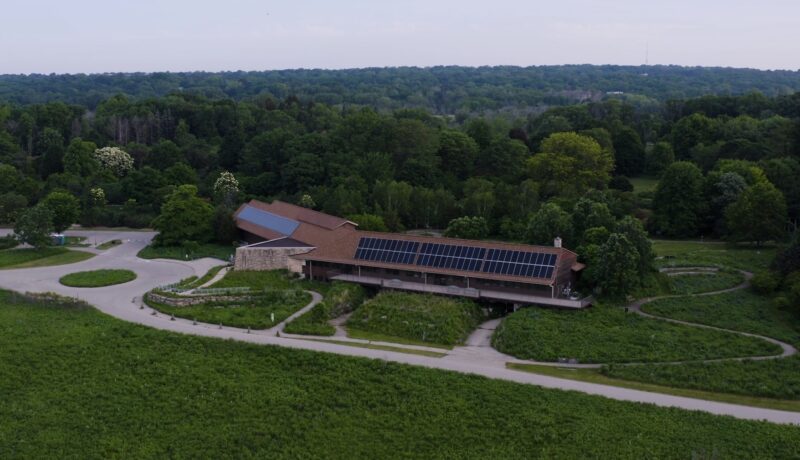
Solar panels may seem risky, but how do they compare to other energy sources? When we look at the big picture, we see that this type of energy has much less impact on our health and the planet than fossil fuels or nuclear power.
They don’t create air pollution, greenhouse gases, or radioactive waste. They also have fewer chances of causing fires, explosions, or radiation exposure.
Fossil Fuels – Coal, Oil, and Natural Gas
Fossil fuels are associated with significant health risks due to air pollution, water contamination, and greenhouse gas emissions. The combustion of coal, oil, and natural gas releases a variety of harmful pollutants, including particulate matter, nitrogen oxides, sulfur dioxide, and mercury.
These substances contribute to respiratory problems, heart disease, and cancer, posing serious public health challenges. Additionally, the extraction and transportation of fossil fuels can lead to environmental disasters, such as oil spills and coal mine collapses, further exacerbating their health risks.
Nuclear Energy
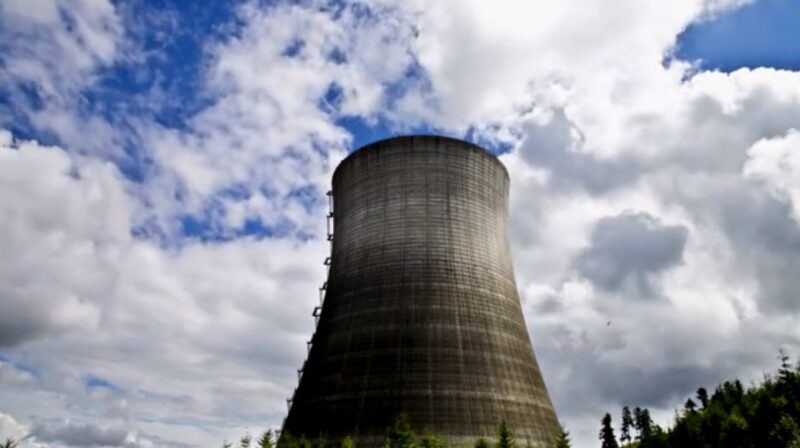
Nuclear power plants produce electricity with minimal air pollution but carry the risk of catastrophic accidents and the challenge of radioactive waste management.
Incidents like Chernobyl and Fukushima have highlighted the potential for widespread radioactive contamination, leading to immediate and long-term health effects, including increased cancer rates among exposed populations.
The disposal of radioactive waste also poses a long-term environmental and health risk, requiring secure containment for thousands of years.
Hydropower
Hydropower is a clean source of energy but can have significant environmental and social impacts. The construction of large dams can lead to the displacement of communities and disrupt local ecosystems.
While hydropower does not emit air pollutants, it can contribute to water quality degradation and affect aquatic life. The risk to human health is primarily indirect, stemming from changes in water use and ecosystem services.
Wind Energy
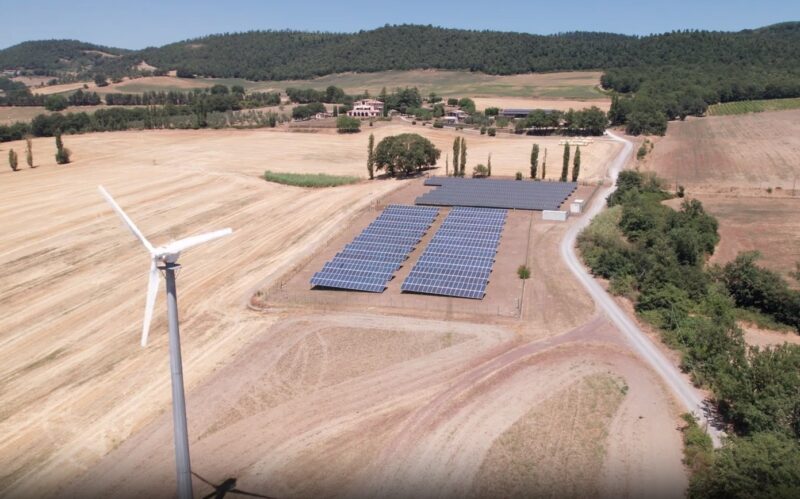
Wind energy is among the safest and cleanest energy sources. Like solar, it produces electricity without emitting greenhouse gases or air pollutants during operation.
The primary health and environmental concerns related to wind energy involve wildlife impacts, such as bird and bat collisions with turbines, and noise pollution for nearby residents. However, these impacts are relatively minor compared to the pollution and health risks associated with fossil fuels and nuclear power.
FAQs
Are solar farms silent?
Solar farms are mostly silent, except for some noise from the inverters, cooling systems, and maintenance equipment. The noise level is usually low and should not be audible from a great distance.
How far away from house can solar panels be?
You can install solar panels up to 500 feet from your house, but that will require long and expensive wires to prevent energy loss. A distance of 50 feet or less will keep the voltage drop at 2%, which is the acceptable limit for current.
Is it safe to sleep near solar inverter?
Sleeping near a solar inverter is not harmful to your health, as the electromagnetic fields (EMFs) emitted by the inverter are very low and comparable to other household appliances. However, you may want to avoid sleeping near the inverter if it produces noise or heat that disturbs your sleep.
What is the biggest risk of solar panels?
One of the biggest risks of solar panels is the environmental impact of disposing them after their lifespan. Solar panels contain toxic materials that can leach into the soil and water if they are not recycled properly. Recycling solar panels is currently expensive and not widely available, so there is a danger that many used panels will end up in landfills.
Summary
Solar panels are a safe and eco-friendly option for generating electricity, emitting only non-ionizing radiation, which is considered harmless to humans. Comparatively, they pose significantly lower health risks than other energy sources like fossil fuels, nuclear power, and even hydropower in certain respects.
While there are environmental considerations, such as recycling and waste management, land use, and potential for chemical leaks or fire risks, the benefits of solar energy, including its minimal impact on air pollution and greenhouse gas emissions, outweigh these challenges.

